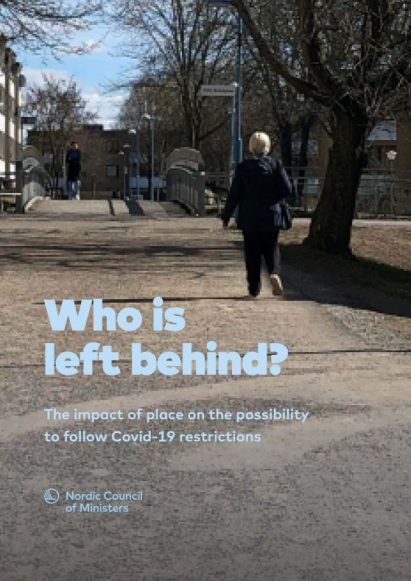While the Nordic countries have long been champions of equality, the Covid-19 pandemic has put a new light on societal structural injustices inherent in our societies. The pandemic thus reveals and reminds us about the serious effects of segregation and unequal societies, and necessitates a closer look at the potential injustice involved.
This study aims to identify structural barriers involved in following recommendations from Public Health Authorities during the pandemic, especially in socio-economically vulnerable, low-income districts. Learning about these circumstances will help Nordic societies be better prepared for future challenges and crises.
Through the quantitative mapping of city district level in Oslo, Helsinki, Copenhagen, Stockholm, and Malmö, we aimed to outline relevant indicators relating to the increased risk of Covid-19 infection. Included indicators are annual income, share of residents with foreign background, share of inhabitants working in exposed occupations, and overcrowded housing conditions. Stockholm and Malmö were selected for an in-depth study on the sub-district level with more indicators, such as household sizes, educational level, car ownership, and spatial density.
To deepen the understanding of the conditions impacting possibilities to follow public recommendations for persons living in disadvantaged neighbourhoods, semi-structured interviews were conducted in Rinkeby-Kista, Stockholm and Rosengård, Malmö. These two subdistricts were selected because they share similar socio-economic characteristics, have a high share of the immigrant population, and have been disproportionately affected by the virus.
Read the Executive Summary “Who is left behind? The impact of place on the ability to follow Covid-19 restrictions” here.
Recording from 11 May webinar will soon be available on Nordregio’s youtube channel.










